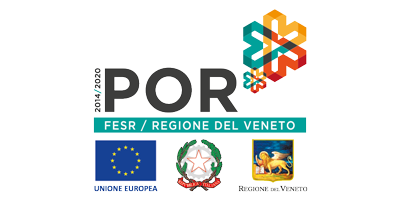Editorials
Short veraison and the quality of grapes: here’s the connection.
29/08/2023
The colour of grapes starts turning from green to red during a phenological phase termed veraison, which lasts from 2 to 4 weeks, marking the beginning of their ripening. Proper maturation is essential for obtaining quality grapes that are suitable for producing great wines – a short veraison is a preliminary step to ensure uniform maturation. Red grapes receive their colour due to the polyphenols present in their peels, specifically due to molecules called anthocyanins. The availability of these molecules increases during ripening, followed by a quick decrease during the over-ripening phase, wherein the texture of the grape skin starts to become softer. Hence, it is imperative to identify the anthocyanin extractability peak to transfer the maximum colour potential from the grapes to the wine.
Summer abiotic stresses, such as heat, drought and nutritional deficiencies, tend to impede the photosynthetic activity of the vegetation, causing a deformity in the enlargement of the berries and, consequently, resulting in a very long veraison.
Note that an excess of vigour tends to subtract energy from the appropriate growth of the berries, thereby accentuating the onset of deficiencies and resulting in the occurrence of the acinellation phenomenon. In case the swelling of the berries does not take place appropriately, the veraison will be long.
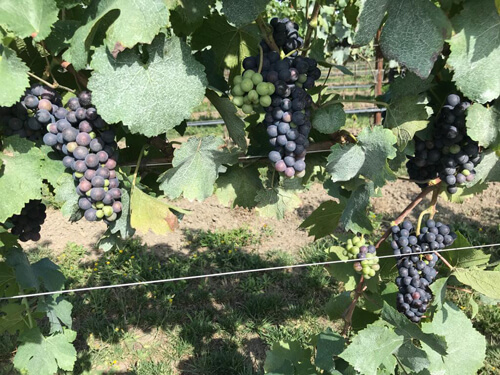
A lengthy veraison leads to uneven ripening within grapes of the same bunch and bunches from the same plot, where the anthocyanin extractability peak is attained in different phases. This makes it impossible to obtain the maximum expression of colour in the grapes.
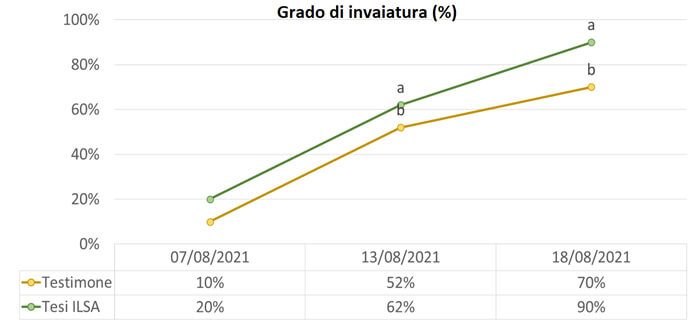
It is possible to manage summer abiotic stresses without creating vegetative-productive imbalance through the use of IlsaC-on, a Fabaceae enzymatic hydrolysate-based biostimulant. The first of the two years of tests took place in 2021, in collaboration with the Edmund Mach Foundation of San Michele all’Adige (TN). The variety chosen to carry out the experimentation was Pinot Noir, located in a plot owned by the Foundation, within the technology transfer centre.
Pinot Noir is known to be a variety with low anthocyanin content – hence, it struggles to achieve intense colours. Four foliar applications of IlsaC-on (2 kg/ha) were carried out in random plots, starting from the fruit set and once every 15 days, resulting in a shortening of the veraison period, and thus, an improvement in the ripening of the grapes. In fact, the PMI index (polyphenolic meter index), which explains the polyphenol potential of the grapes analysed, was statistically significantly increased, bringing the value of the IlsaC-on treated subjects to 188.7, as compared to 180.7 for the untreated subjects.
ILSA fertilizers and foliar biostimulants are obtained through a process of enzymatic hydrolysis, which allows for the provision of sub-acid pH and low electrical conductivity to the enzymatic hydrolyzate of Fabaceae; these characteristics make IlsaC-on miscible with any plant protection product. With ILSA biostimulants, an optimal vegetative-productive balance and an increase in grape colour are ensured.
To view and download all details associated with our products for the vine, go to the website www.ilsagroup.com and access the Nutrition, Biostimulation, or the Crops section. Upon registration, you may download technical documentation, in-depth dossiers, reports and results of research and field tests, methods to use the products and anything else concerning the sphere of agronomic knowledge.
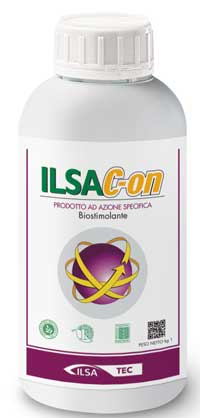


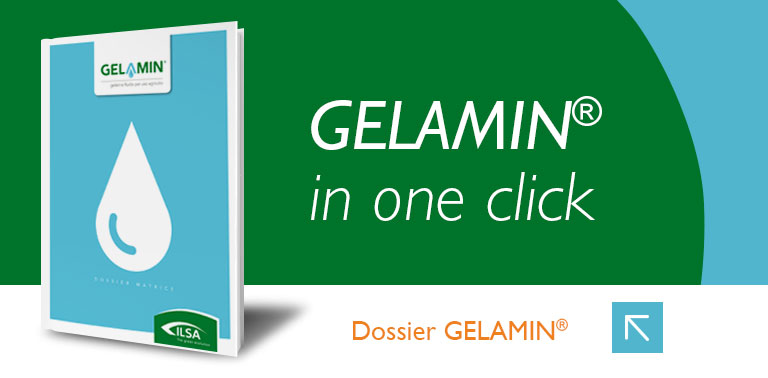
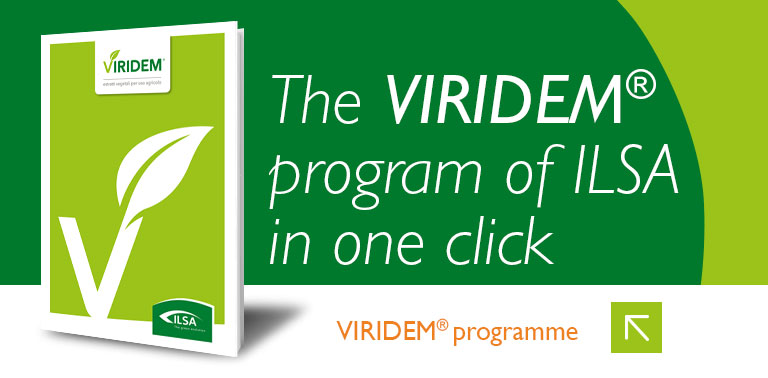

.png)
